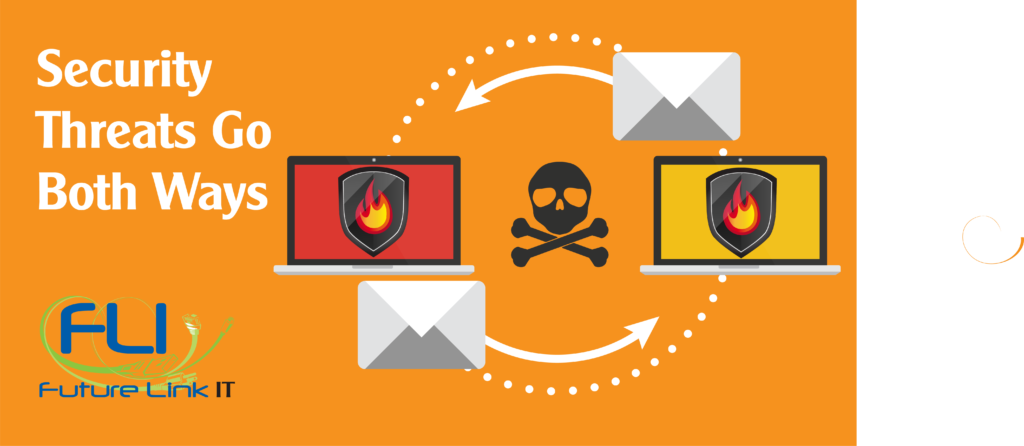
Many of the most well-known web security protocols focus on inbound threats, and for good reason—abnormal inbound web traffic can take down your firewall protections and put the security of your entire domain at risk. But with phishing scams that can quickly litter your outbound traffic with virus-laden links, it’s just as important to set up your firewall to track outbound traffic as well.
Unfortunately, to ease the burden on network administrators and to save money on IT security, many firewalls have no (or few) restrictions on outbound traffic. What types of outbound threats are most common, and how can you protect your network from this kind of malicious traffic?
Distributed Denial of Service (DDoS) Attacks
These debilitating attacks depend on an open port that allows the free flow of web traffic. But most who are familiar with the basics of DDoS attacks think they depend on bombarding the server with so much inbound traffic it lacks the capacity to fulfill legitimate requests. Network administrators may mistakenly assume that maintaining a robust firewall with strict rules on inbound traffic is all that is necessary to cut the risk of a network-crashing DDoS attack.
DDoS attacks are rapidly becoming more complex, and by infiltrating protocol communication processes, hackers and their cyber creations must rely on an open outbound connection to disrupt server traffic.
Phishing Attacks
The more users your network has, the greater the risk that one or more users will click on a malicious link or fall for a phishing email. And while strong security protocols can filter out the vast majority of dangerous spam, just one slip—combined with a careless network user—can open Pandora’s Box when it comes to cybersecurity.
Without rules in place to detect and block these harmful emails, your network may quickly become the epicenter of a phishing attack, generating thousands of malicious emails directed to anyone and everyone with whom you’ve ever corresponded electronically. Some malicious software can even set up rules to move bot-sent emails to a hidden folder, which means that those whose accounts are compromised may not even realize it until someone from outside the network reaches out.
Protecting Your Network
These types of attacks don’t even touch on the legal risks that are taken by a network that doesn’t automatically screen outbound traffic for potentially illegal content, the theft of trade secrets, or the unmonitored transfer of secure network files. Network administrators must work with HR representatives and members of the C-suite to couple cybersecurity protocols with clear security policies and procedures to be communicated to all network users.
This means that, regardless of the size of your network or its number of users, an inbound firewall simply isn’t enough to keep it safe. To provide further protection, consider adding content filtering tools to your security toolbox. These tools automatically screen and filter inbound and outbound traffic for content, often stopping malicious attacks in their tracks. And wherever you are in the process, don’t hesitate to reach out to the team here at Future Link IT, where anyone can take advantage of a free 30-minute call with our experts. Just click here to book your no-obligation phone consultation.

